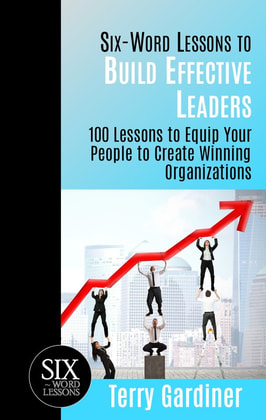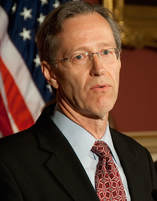 The Ideal Group Size is Seven Seven is the ideal number of people for groups to problem solve, find creative solutions, build a strategic plan or grapple with complex challenges. If groups are formed for other purposes such as building consensus, representing diverse communities or governing, these concepts may not apply. Too Small If a group is too small it will have many deficiencies. A small group will lack diversity of opinions, observations, life experiences and reactions which will reduce the group’s effectiveness. Small groups of 2-4 may lack team attributes, devolve into pairing off or someone feeling left out. A small group can be stampeded more easily by one person’s personality or forcefulness. In a small group, two people having similar views can have an overpowering effect on the group output simply by numbers, not because of the quality of the idea. A larger group can balance out these deficiencies and produce a more objective work product. Too Large As a group gets too large in the 9-12 region group dynamics deteriorate. Meetings get longer and each person has less time to contribute. This leads to many potential pitfalls; boring meetings, members not paying full attention, noisy meetings and ultimately lack of attendance. In large groups many participants will feel not enough “attention” is given to their opinions and input. Aggressive personalities will feel the need to assert themselves to get their share of limited time. Passive personalities will hold back and not contribute equally as the meeting becomes time constrained. Dissatisfaction of members with the group dynamics, output or effectiveness will lead to a downward spiral of diminished group performance. Balance The closer the group size is to seven the easier it will be to achieve the balance needed to create a highly effective group. Creative synergy is the goal. This happens when group members throw their ideas on the table and others are stimulated and react to that idea, spawning another idea or view. The goal is to create a positive feedback loop of contribution of each member so that the individual members feel energized about their contribution. When this cycle occurs each individual contribution is a building block to a bigger and better final product built by the entire group. Another objective of the balanced group is making fewer mistakes. This happens because the diversity of opinion allows more facets of a problem and proposed solution to be seen and vetted. There is a high value in diversity of life experiences. Just when the group feels they have solved the problem or found the ideal solution, one lone member will catch the flaw that others missed in their excitement. Characteristics of a Team A balanced group size has all members actively participating and sharing their questions, observations and ideas. An effective group evolves when members see themselves as a team, and value the output of the group and identify with the group with pride. Political and Governing Bodies On the surface the “group of seven” may not seem to apply to the corporate board room or elected government bodies. But digging deeper to the level of doing work, solving problems, creating solutions and developing strategic plans we can see that people and systems have gravitated to smaller groups in an effort to get the larger organization to efficiently and effectively function. Larger groups are the rule in the world of elected politics and governing bodies in the private and government sector. Most business within these larger bodies is conducted by committees. Meetings of the full group are not utilized to problem solve or fashion solutions. Boards have executive committees. Legislative bodies have committees and fragment further into subcommittees to get the “work” done. Informal structures develop additionally to perform functions the entire group is inefficient at conducting. One Reason it Matters Problems are created when people insist on designing and empowering very large groups to solve problems. The confusion comes from the focus on having all interest groups or stakeholders represented which is a laudable goal. After a very large council, commission or committee is formed it becomes evident the “work” cannot get done efficiently. At that point a methodology has to be constructed to work around the dysfunctionality of the 25 member group. Other Group Sizes Several groups recommending team or group size:
 Terry Gardiner is the founder of the Best Practices Wiki, a free public repository of best practices for small businesses and nonprofits. He has four decades of hands-on leadership, management and organizational growth experience in business, government and nonprofits. He is the author of Six-Word Lessons to Build Effective Leaders.
0 Comments
Your comment will be posted after it is approved.
Leave a Reply. |
See the Authors!
All
|

 RSS Feed
RSS Feed